Can a photograph really make a difference? Marcus Bleasdale, a British photojournalist, believes it can. Take a look at his telling images and listen to his heart-wrenching stories from eastern Congo:
Bleasdale first photographed Congo in 2003 and 2004 to document the exploitation of natural resources in eastern Congo. His images exposed the horrific reality of children’s lives in the region. Children were forced to fight as child soldiers. When the fighting slowed, they were put to work in mines extracting gold, which was then used by rebels to finance the war in eastern Congo. By using one of these images in its campaign, Human Rights Watch was able to stop Metalor Technologies from buying gold from Congo.
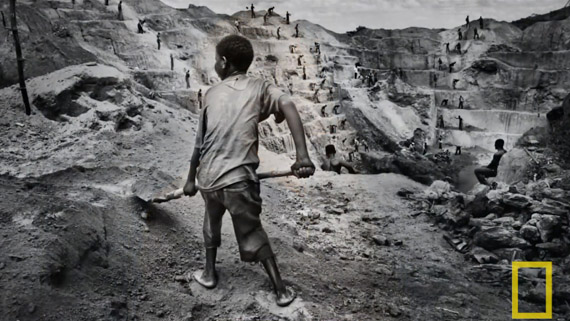
Wanting to create the same impact, National Geographic sent Bleasdale back to Congo in early 2013. There are still young child soldiers and there are still children working in mines. But now the gold, tin, and tungsten extracted by the children’s hard labor is being used to make the electronics that we take for granted in other parts of the world.
The materials are exported to neighboring countries before being shipped to the far east, where they are used to make smartphones, laptops, and cameras. These are then shipped all over the world to unassuming consumers who certainly would not condone the conditions in eastern Congo. This is why Bleasdale seeks to increase our knowledge through photography.
And the conflict has causes further problems. Millions of people have been killed and displaced. Women and children flee to camps looking for safety, only to find unsanitary living conditions that result in deadly epidemics. Sexual violence is rampant. There is a lack of access to medication.
Bleasdale’s hope is that his work in eastern Congo will bring awareness, engagement, and power through photography. Though he doesn’t expect anyone to stop buying electronic devices, he hopes that the photos he shares will encourage companies and consumers to be socially responsible, so that the people of Congo will no longer be exploited but can instead flourish on the country’s natural resources. A photo can, indeed make a difference.
“Maybe, one day, we can actually buy a smartphone or a computer or a camera or a television that is stamped ‘Conflict-Free’.'”
Like This Article?
Don't Miss The Next One!
Join over 100,000 photographers of all experience levels who receive our free photography tips and articles to stay current:
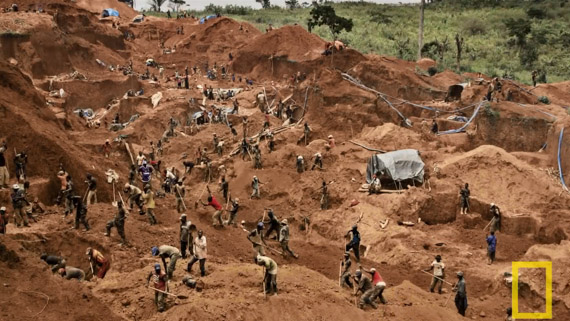
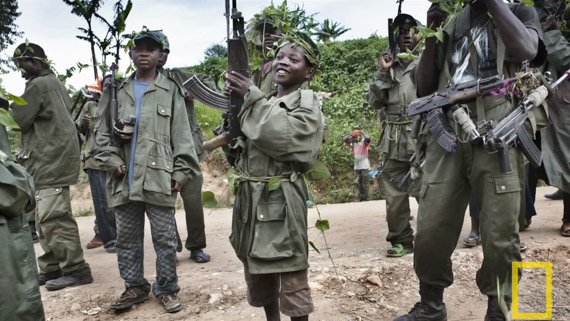


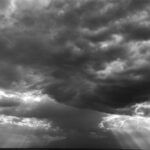


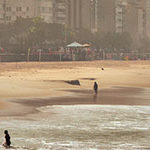
Leave a Reply